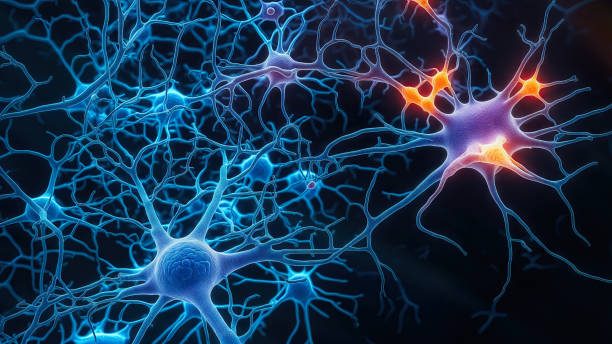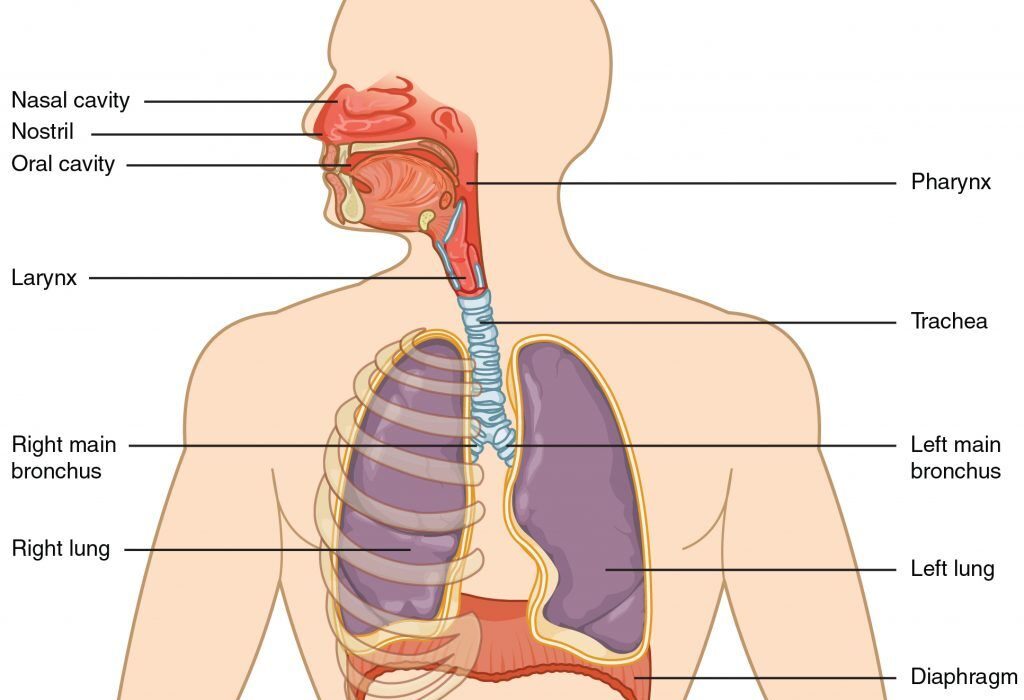It begins quietly—like a candle flickering in a windless room. You may not notice anything at first. Maybe you’re thirstier than usual. Maybe you’re tired even after a full night’s sleep. Maybe a cut on your foot doesn’t heal like it used to. Maybe it’s nothing. But maybe—it’s the earliest sign of something that affects over 530 million people around the world: diabetes.
To most, diabetes is just a word they hear in passing, associated with sugar or needles or perhaps grandparents. But for those who live with it, diabetes is a full-time job. It’s a condition that reshapes daily life—one bite, one blood drop, one decision at a time. It is a disease that doesn’t just affect the body, but the mind, the emotions, and the spirit.
Yet even as it weaves its way through our societies, diabetes is misunderstood. Oversimplified. Stigmatized. People assume it’s a disease of overeating or laziness. It’s not. It’s a disease of the body’s most delicate balance—glucose and insulin, energy and control. But knowledge is power. And understanding diabetes—truly understanding it—is the first step to changing how we face it.
What Is Diabetes, Really?
At its core, diabetes is a disorder of metabolism—the way your body processes food into energy. The primary molecule at the heart of it all is glucose, a type of sugar found in the blood. Glucose fuels every cell in your body, from your brain to your muscles. To use glucose, your cells need insulin, a hormone produced by the pancreas.
In people without diabetes, insulin acts like a key. When you eat and glucose enters your bloodstream, insulin is released to help move that sugar into cells. It’s a smooth, automatic process.
But in people with diabetes, this system breaks down. Either the body doesn’t produce enough insulin, doesn’t respond to it properly, or both. As a result, glucose builds up in the blood instead of feeding your cells. Over time, this excess sugar can damage blood vessels, nerves, and organs—including the eyes, kidneys, heart, and brain.
Diabetes is not just about sugar. It’s about communication failure—between the pancreas and the bloodstream, between the cells and the hormones. It’s about a body that stops hearing its own signals.
The Different Faces of Diabetes
Not all diabetes is the same. While they share similar symptoms and risks, the causes and mechanisms differ profoundly.
Type 1 Diabetes: The Autoimmune Storm
Type 1 diabetes is often called “juvenile diabetes,” though it can occur at any age. In this form, the immune system mistakenly attacks and destroys the insulin-producing beta cells in the pancreas. This is not a lifestyle disease. It is not caused by diet or exercise. It is an autoimmune condition—triggered by a complex mix of genetics and possibly environmental factors like viruses.
People with type 1 diabetes must inject insulin to survive. There is no cure. Every meal, every snack, every moment of physical activity must be calculated against blood glucose and insulin levels. It’s a relentless balancing act. And yet, people with type 1 diabetes often lead extraordinary lives, powered by resilience and technology.
Type 2 Diabetes: The Slow Unraveling
Type 2 diabetes is the most common form—accounting for over 90% of all cases. In this version, the body still produces insulin, but the cells have become resistant to its effects. It’s like having a key, but the lock is rusted. The pancreas tries to compensate by producing more insulin, but over time, it can’t keep up.
While genetics play a major role, type 2 diabetes is also closely linked to lifestyle factors: weight, diet, exercise, stress, and sleep. It often develops slowly, over years, and may go unnoticed until complications arise.
Unlike type 1, type 2 diabetes can sometimes be reversed—especially in the early stages—with diet, exercise, and weight loss. But many people will still require medications or insulin over time.
Gestational Diabetes: The Pregnancy Puzzle
Gestational diabetes occurs during pregnancy, typically in the second or third trimester, when hormones interfere with insulin’s action. It usually resolves after childbirth, but it increases the risk of developing type 2 diabetes later in life—for both mother and child.
It’s a powerful reminder that diabetes is not only about the present, but the future. That the effects of sugar imbalance can ripple through generations.
What Causes Diabetes?
The Genetic Blueprint
Genetics lay the foundation. If you have a family history of diabetes, your risk increases—especially with type 2 diabetes. Specific gene variants can influence how your body responds to insulin, how much of it you produce, and how efficiently glucose is processed. But genes are not destiny. They are probabilities, not certainties.
In type 1 diabetes, certain genes—especially those related to the immune system, such as HLA-DQ and HLA-DR—make some people more susceptible. But something environmental—perhaps a viral infection—triggers the immune response.
The Lifestyle Equation
In type 2 diabetes, lifestyle plays a larger role. Excess body fat, particularly around the abdomen, interferes with insulin signaling. A sedentary lifestyle weakens glucose regulation. A diet rich in processed carbs and sugary drinks floods the system. Chronic stress and poor sleep sabotage hormonal balance.
It’s not just about what you eat, but how you live—what time you eat, how often you move, whether you sleep deeply, and how you manage your emotional health.
The Environmental Web
Increasingly, researchers are uncovering how chemicals, pollutants, antibiotics, and even microbiome changes may influence diabetes risk. Living in a food desert, being exposed to endocrine disruptors, or growing up in poverty can all alter your metabolic fate.
Diabetes is not a simple disease. It is a complex tapestry woven from genes, environment, emotion, and experience.
How Does Diabetes Feel?
Diabetes can be invisible—or unmistakable. Early symptoms are subtle but grow louder over time.
- Excessive thirst (polydipsia)
- Frequent urination (polyuria)
- Unexplained weight loss
- Blurred vision
- Extreme fatigue
- Slow-healing sores or frequent infections
- Tingling or numbness in hands or feet
In type 1 diabetes, these symptoms can appear suddenly, even over just a few weeks. In type 2, they may creep in over months or years. Some people go undiagnosed for a decade or more, while damage accumulates silently.
The emotional burden is just as real. People with diabetes often experience anxiety, depression, burnout, and a constant sense of vigilance. It’s not just a physical disease. It’s a psychological marathon.
The Silent Damage: Complications of Diabetes
Uncontrolled diabetes is like a slow-burning fire that damages the body from the inside out. Over time, high blood sugar harms the blood vessels and nerves, leading to:
- Cardiovascular disease (heart attack, stroke)
- Kidney failure (nephropathy)
- Vision loss or blindness (retinopathy)
- Nerve damage (neuropathy)
- Foot ulcers and amputations
- Cognitive decline and increased dementia risk
But it doesn’t have to get that far. With early detection, monitoring, and care, complications can be delayed—or even prevented.
How Is Diabetes Diagnosed?
Diagnosis begins with a blood test—but the story is more than numbers.
The Key Tests
- Fasting Blood Glucose: A level of 126 mg/dL or higher after an 8-hour fast suggests diabetes.
- A1C (HbA1c): Reflects average blood sugar over 2–3 months. A value of 6.5% or more indicates diabetes.
- Oral Glucose Tolerance Test (OGTT): Measures blood sugar before and after consuming a sweet drink. Used especially in pregnancy.
- Random Glucose Test: If your blood sugar is 200 mg/dL or higher with symptoms, diabetes is likely.
In type 1 diabetes, additional tests may measure autoantibodies that attack the pancreas, or C-peptide to evaluate insulin production.
Diagnosis is not just about confirming the presence of diabetes, but understanding which type, how severe, and how urgently it needs treatment.
Living With Diabetes: Treatment and Control
There is no cure—yet. But diabetes is not a death sentence. It is a condition to be managed, not feared. Millions of people thrive with it, once they understand how to care for themselves.
Medication and Insulin
For type 1 diabetes, insulin therapy is essential. There are many forms—rapid-acting, long-acting, mixed—and delivery methods like injections or insulin pumps. Artificial pancreas systems now combine insulin delivery with real-time glucose sensing.
For type 2 diabetes, medications may include:
- Metformin (reduces liver glucose production)
- SGLT2 inhibitors (help kidneys excrete sugar)
- GLP-1 receptor agonists (slow digestion, increase insulin)
- Sulfonylureas and DPP-4 inhibitors
In later stages, type 2 diabetes may also require insulin.
Nutrition and Movement
No single “diabetes diet” exists. But balance is key:
- Whole foods over processed
- Complex carbs (beans, whole grains) over simple sugars
- Healthy fats (avocados, nuts)
- Plenty of fiber
- Regular, portion-controlled meals
Exercise improves insulin sensitivity and lowers blood glucose. Even a 30-minute daily walk can make a profound difference.
Monitoring and Technology
Today, technology empowers patients like never before:
- Continuous Glucose Monitors (CGMs) provide 24/7 data
- Smart insulin pens and apps calculate doses
- Artificial pancreases automate insulin delivery
- Telemedicine connects patients to specialists remotely
But the most powerful tool remains education. Understanding your numbers, patterns, and triggers is the first step toward control.
Hope on the Horizon: The Future of Diabetes Care
Diabetes research is advancing at breathtaking speed. Scientists are exploring:
- Stem cell therapies to regrow insulin-producing beta cells
- Gene editing using CRISPR to correct immune dysfunction
- Immunotherapies to stop type 1 diabetes before it begins
- Smart insulins that release only when needed
- Artificial pancreas systems that work automatically
Meanwhile, public health efforts are expanding access to care, targeting food deserts, and fighting stigma. Because managing diabetes is not just a personal challenge—it’s a societal responsibility.
The Inner Journey
Living with diabetes is a life-altering experience. It demands daily attention, constant adjustment, and emotional resilience. But it also unlocks profound strength. People with diabetes become masters of self-awareness. They learn to read their bodies like instruments. They become warriors of precision.
They learn that perfection isn’t possible, but persistence is. That numbers can guide, but don’t define. That life—rich, full, meaningful life—is still theirs to shape.
Final Words: Not Just a Disease
Diabetes is not your fault. It is not punishment. It is not weakness. It is biology—complicated, unpredictable, and shared by millions.
But diabetes is also not your master. It is a part of your story—but not the whole story. With knowledge, tools, support, and belief, it can be managed. And in that management lies not just survival, but dignity, power, and hope.






